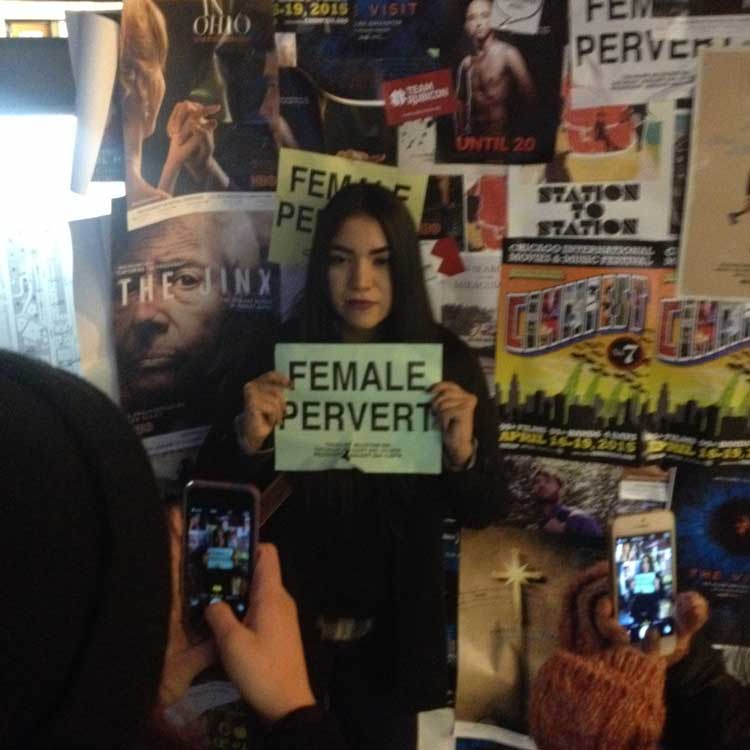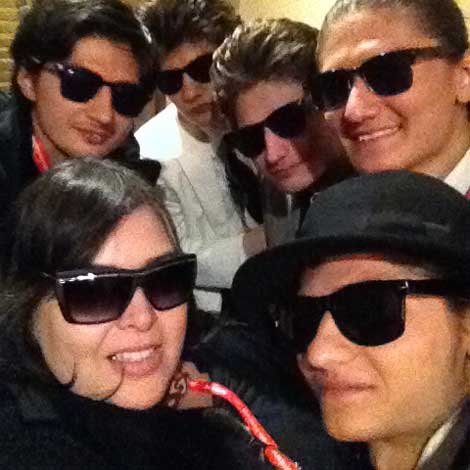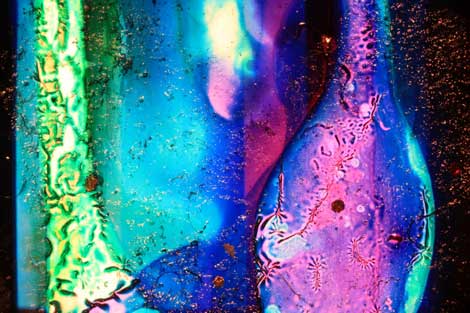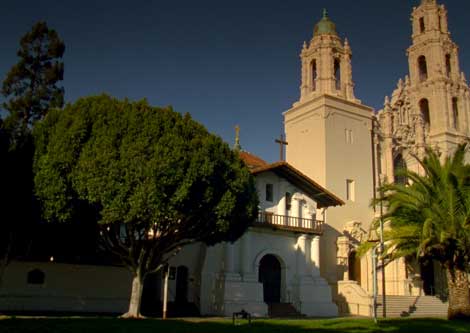We all know about the parasitic commerciality at Sundance. The festival desperately clinging to their long forgotten outsider status: the overpriced condos, the jello shot luge, the metal business cards and models that have lost their shoes. We’ve all heard the story of a famous actor getting a BJ while watching The Secret on his phone, or discovering “the face” of Perky Jerky at the CAA party. And all of these things may or may not have happened in the peaks surrounding Park City.
With all of this, art happens. I was there for seven days, I think—it felt like three. What follows is a telling of time, there, at Sundance 2015. One of the days we saw four movies, that was the most we could see if we were traveling from location to location and also attending receptions and also eating. I saw a lady on twitter that had seen 42 movies. I had wished I were she. There were prevalent FOMO feelings associated with my meager reviews, but I’m going to tell you anyway.
The first night I went to a party and then another party and that party was better than the first party. A consumerist with abundance issues can really get caught up chasing free booze and headphones and so the second night, I was determined to see a movie. My first film of Sundance 2015 was actually a film. I think the only film projected at the festival. It was Jennifer Reeves’ 16 mm film, Color Neutral. It was a quick leap mentally from, I’m glad someone is still doing this-kind-of-work (a la Brakhage) to I’m going to sink in and enjoy the stratifying color push, the bubbles and cracks. I kept thinking that the black drapes on either side were slowly opening and that the film was swallowing me up. I was in the second row and I fell into the film. Just like that, I was swimming in the beautiful abstraction of hand-processing.
Then came Jenni Olson’s, The Royal Road. Also shot on 16mm, it was a mash-up of quiet landscapes, mostly from San Francisco—my San Francisco. Los Angeles—my Los Angeles—and parts along the El Camino Real, also a touchstone from childhood. Olson’s quivering butch tale of exquisite girl torture was somehow transposed along side a thin tale of Father Juniper Serra, an 18th-century Spanish Franciscan friar who was responsible for much horror in his time on behalf of Spain in what is known today as, California (and now he’s gonna be a saint?). This film without figures, save the occasional person walking in the distance or glimpsed in a car, served up strategically unremarkable frames to view the world. I say unremarkable, because there were no extreme angles, precious foregrounds, or visible signs of art-direction in the shots. The shots were simple, the act of watching was seeking beyond the frame, squinting and searching for what I’m looking at. There was, simultaneously a calculated vulnerability in the diary entry style narration performed in the gravely, wobbly-kneed voice of Olson, which ended up narrating the rest of the evening in my head and followed me throughout Sundance. Later I ran into the actual Olson at the press office and in her typical way she spoke of her film as the “little thing nobody cares about.” She joked about her market rep trying to sell her very uncommercial film and the kind of privilege that comes with not caring. Hopelessness is a kind of freedom, isn’t it? It can be a political stance, when work isn’t specifically shaped for the market, even a sophisticated market. “Where are our public intellectuals?” Olson railed. We spoke of Jennie Livingston’s new film essay, Earth Camp 1 and about the groundbreaking late Marlon Rigg’s Tongues Untied. Olson rose again, “Why would we not push the capacity of cinema? The mainstream lacks confidence.” And then we quickly worked out “The Royal Road” series pitch for HBO.
Nao Bustamante is an artist and educator. She is spending her sabbatical in LA where she will have a solo exhibit at VPAM on May 16th.
For more information: www.naobustamante.com





